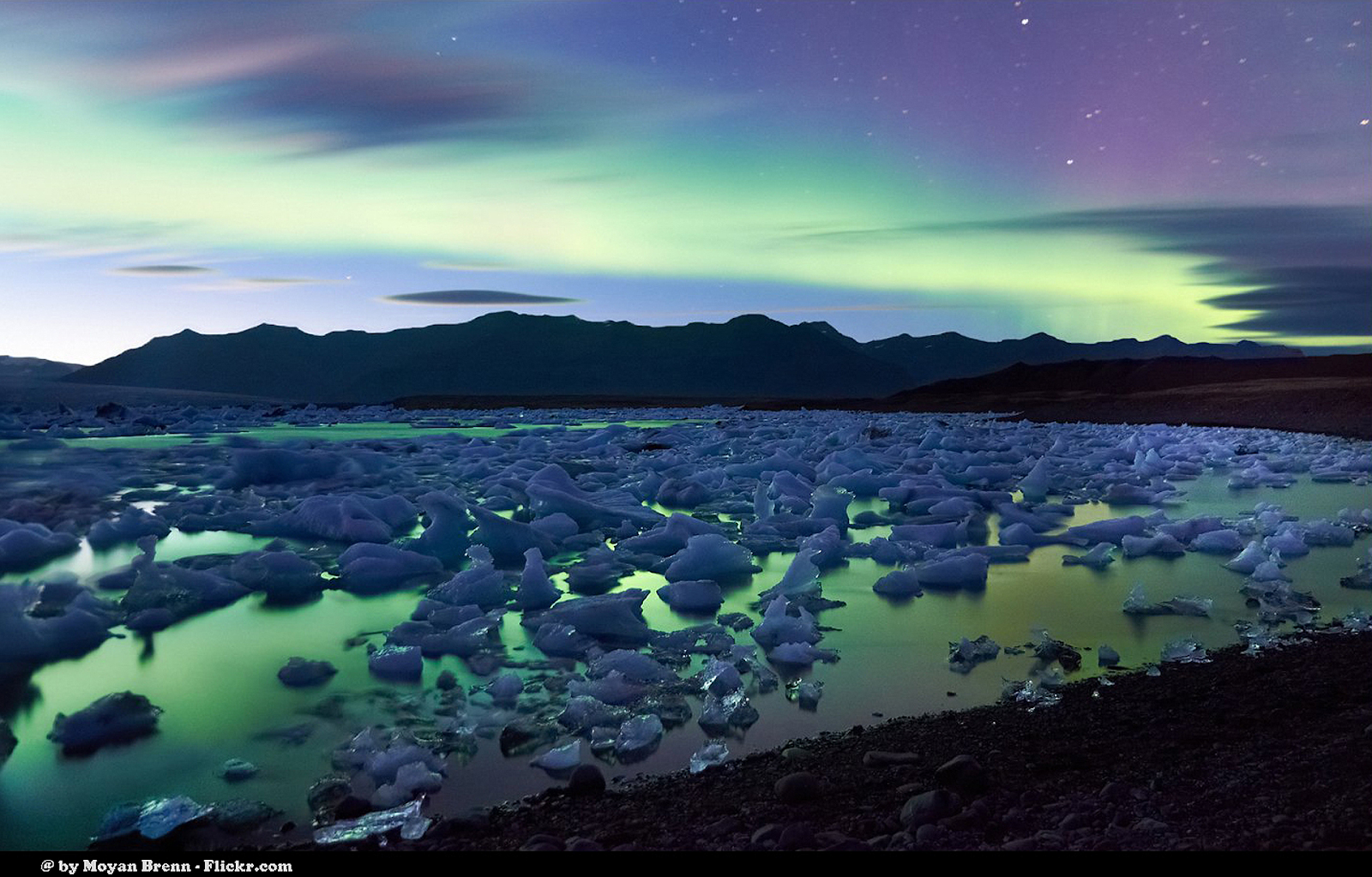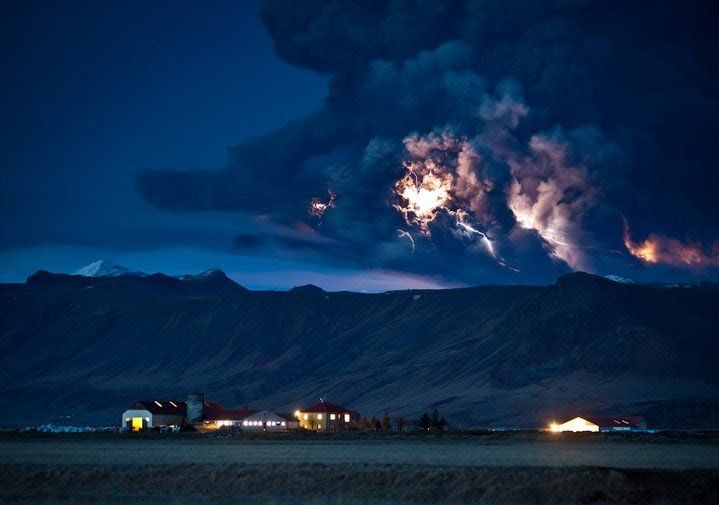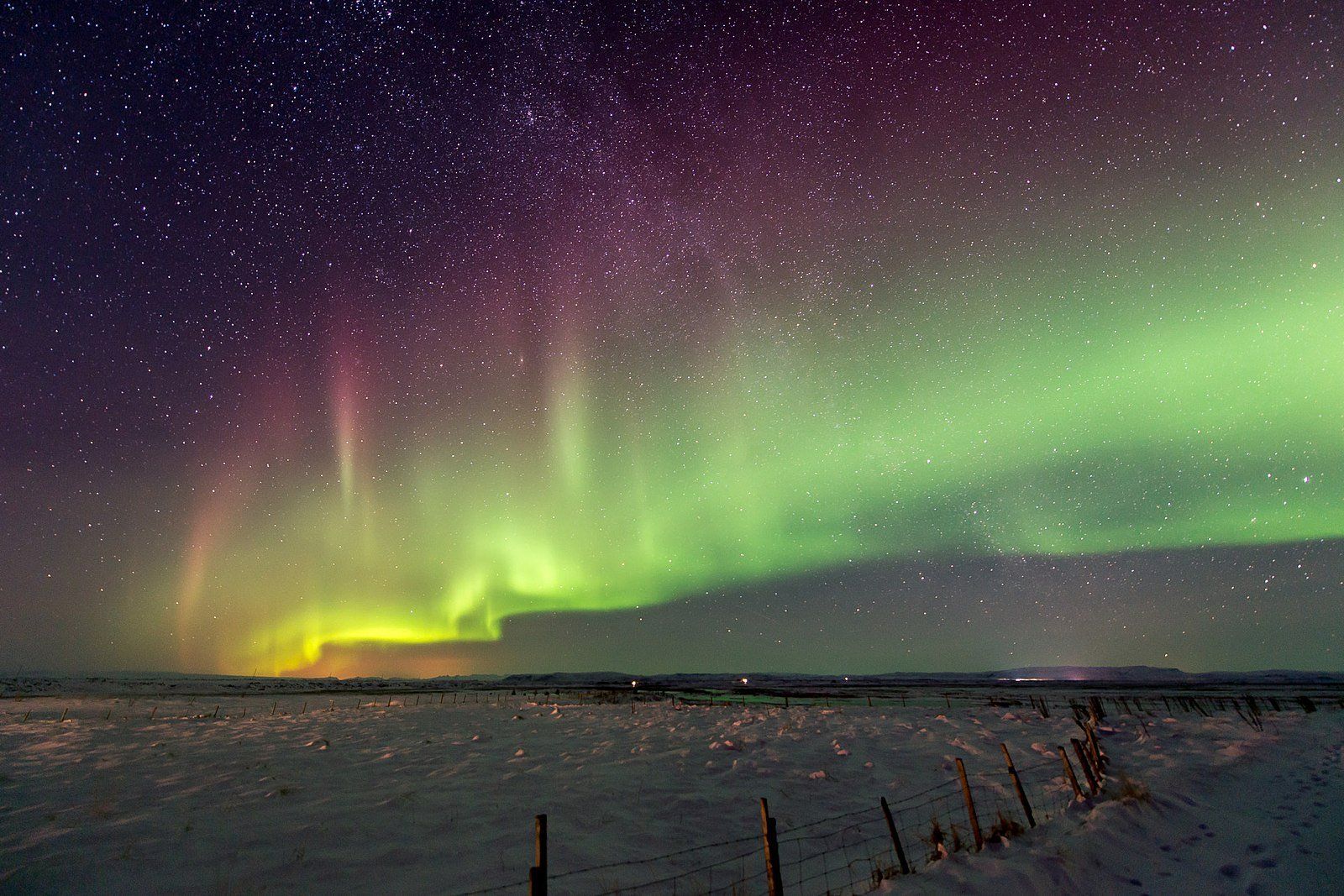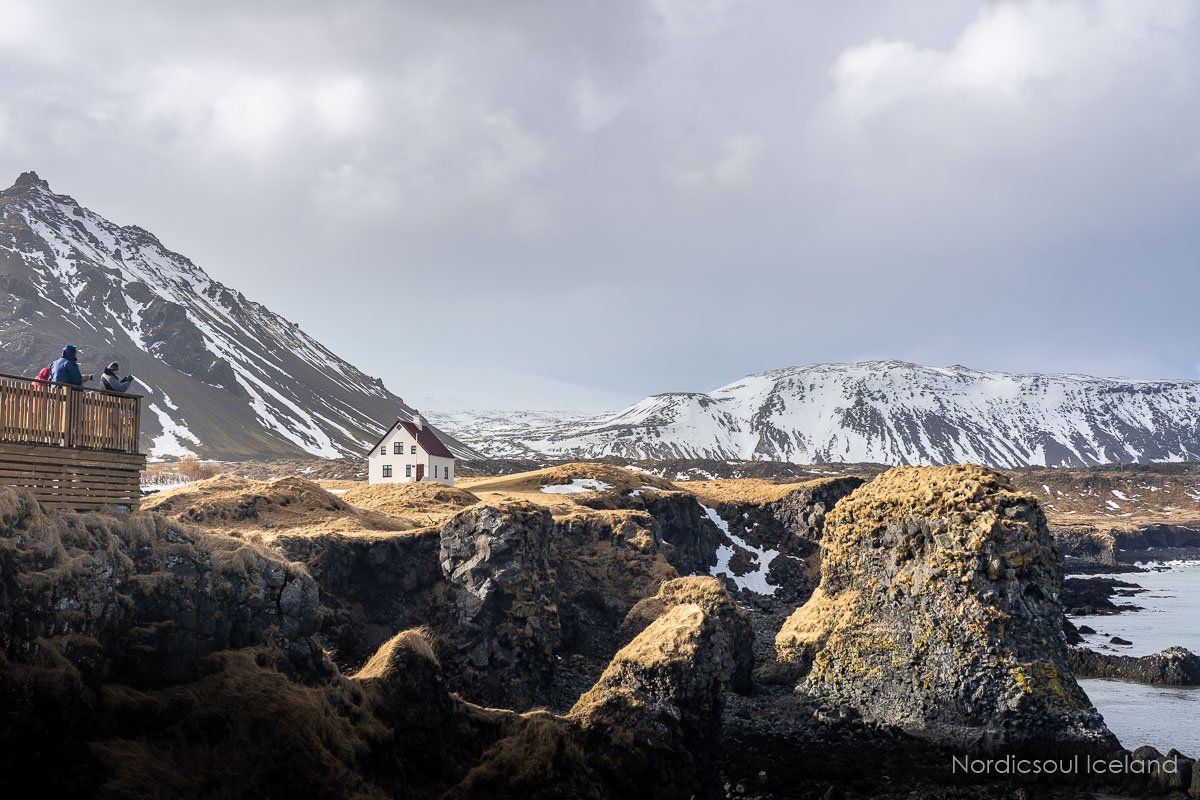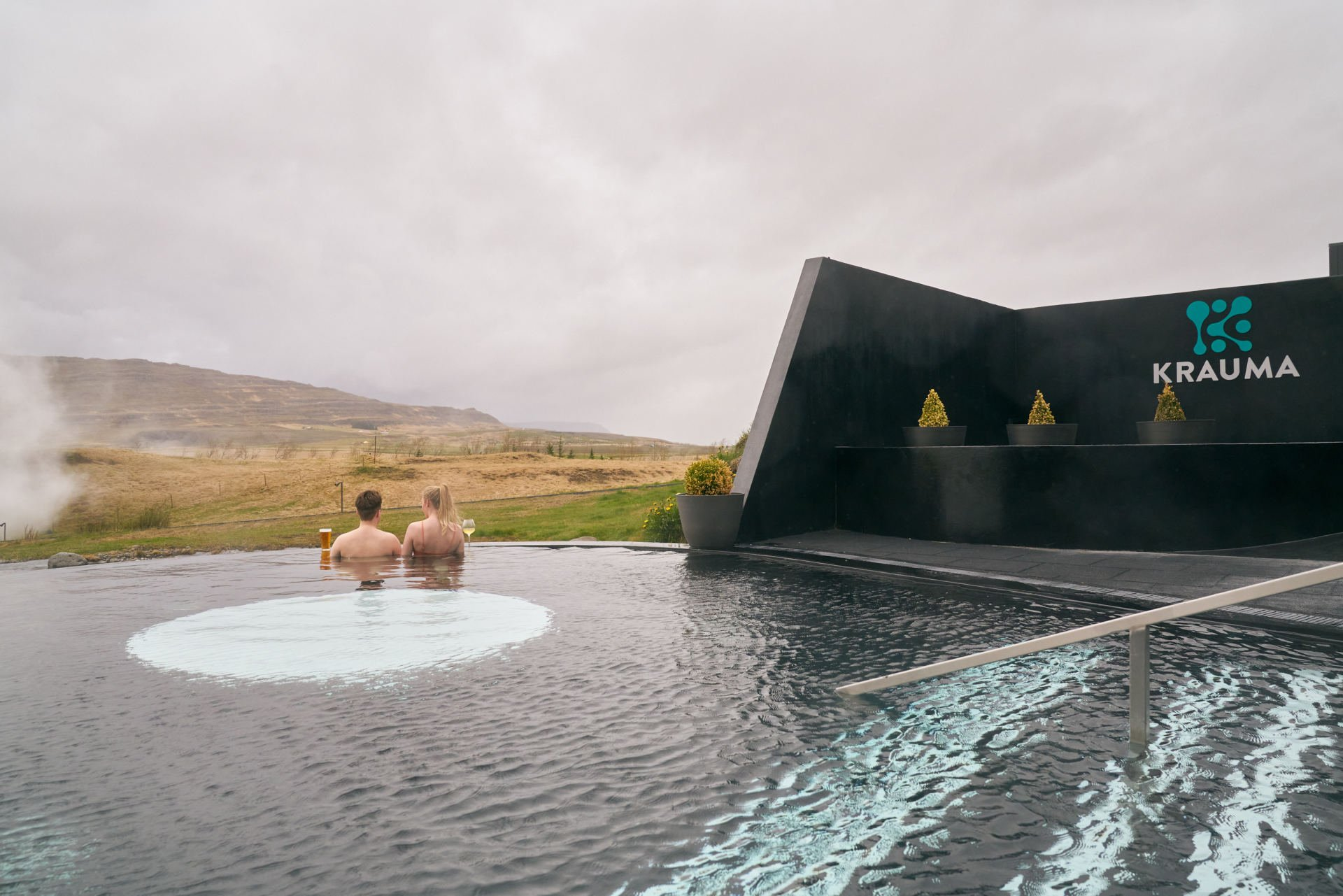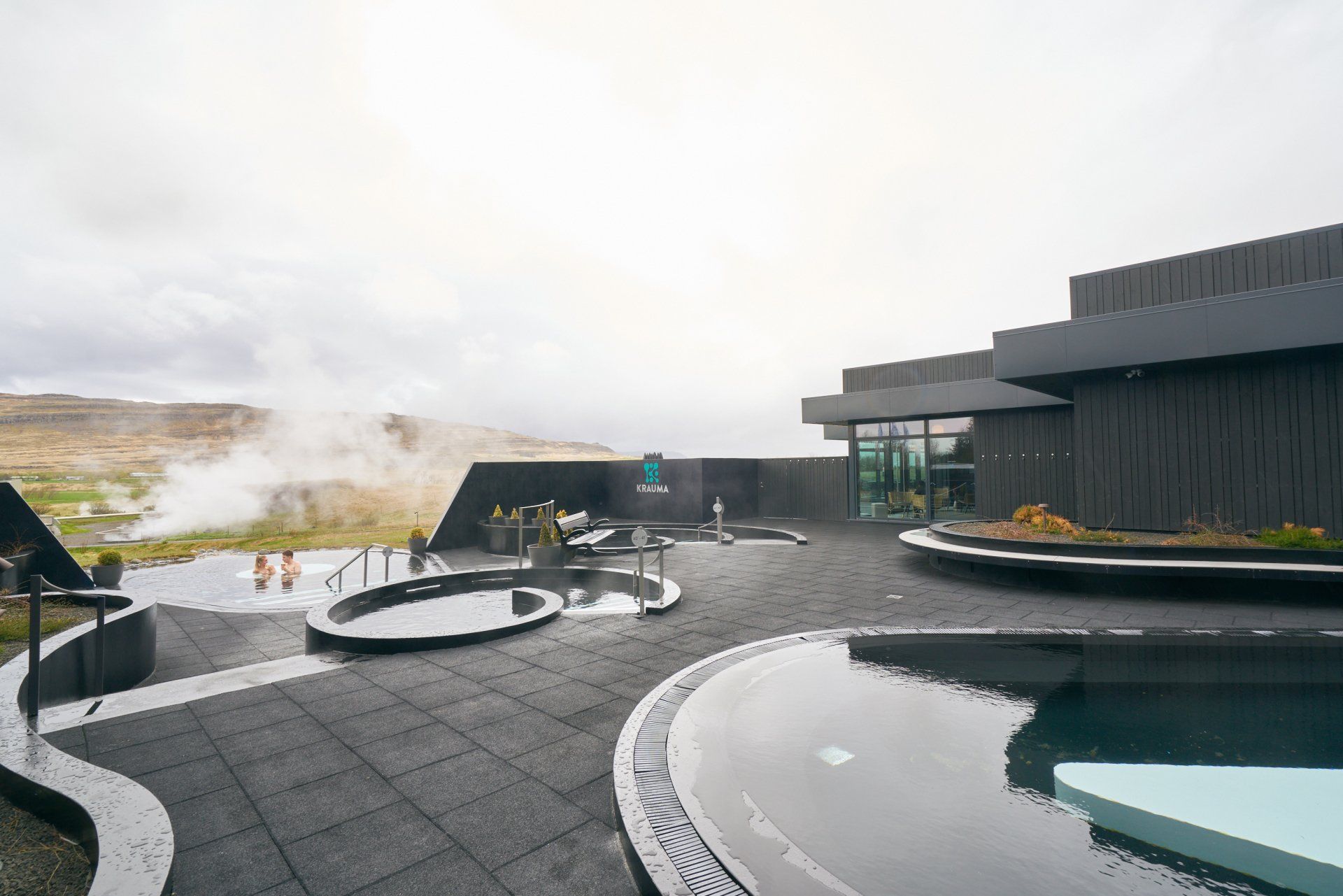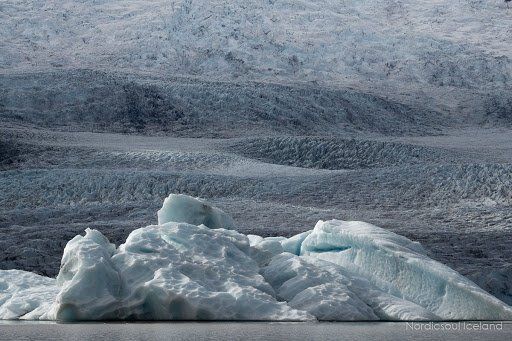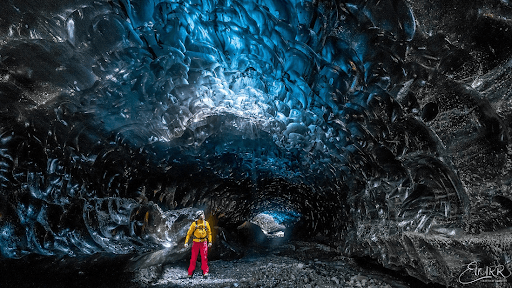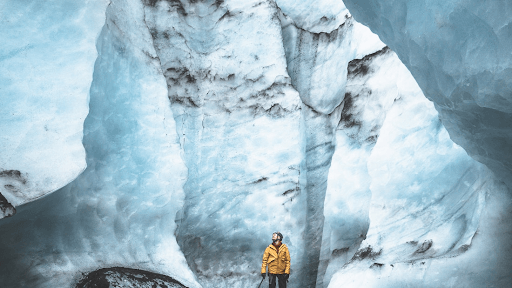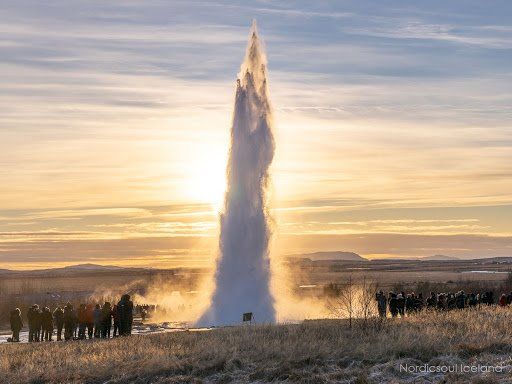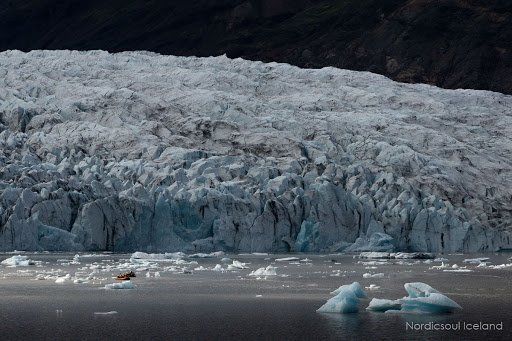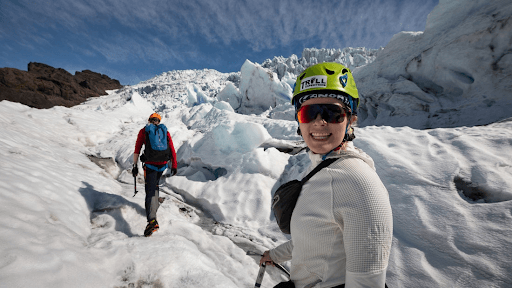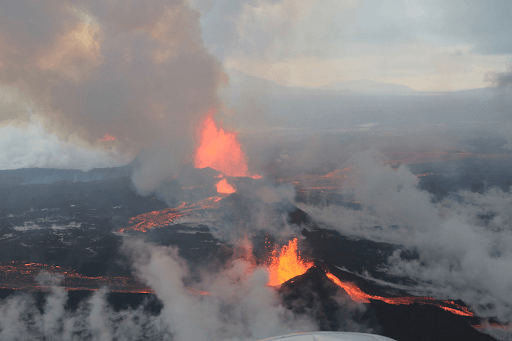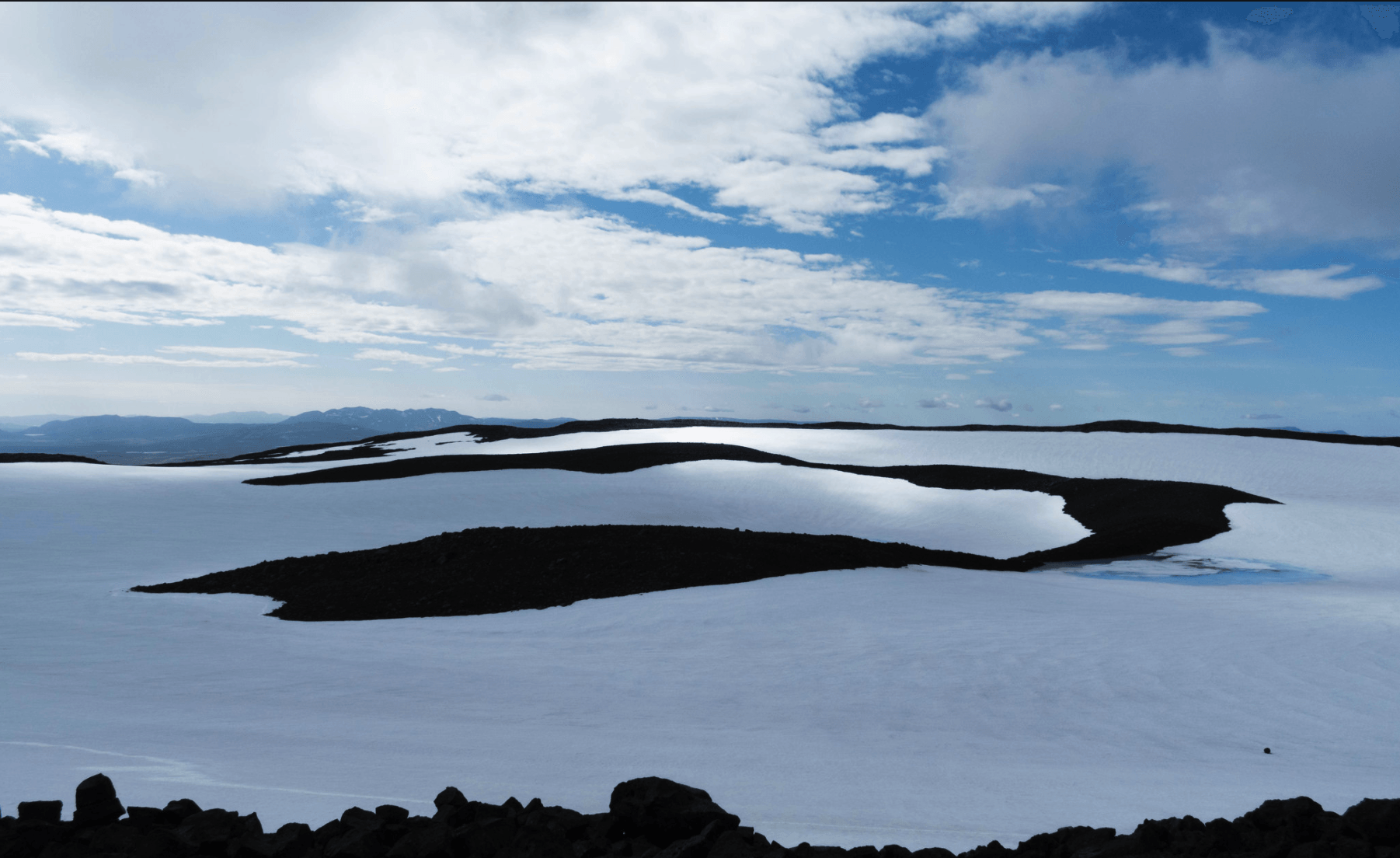Why is Iceland Called the Land of Fire and Ice?
Why is Iceland Called the Land of Fire and Ice?
By Chris Ayliffe, Traveo
Photo Credit: Wikimedia. CC. Olikristinn.
Iceland is without a doubt an incredibly unique landscape with completely unmatched rugged nature. On an island only 103,000 km² in size, there is a huge variety of volcanoes, glaciers, black sand beaches, waterfalls, craters and much more making it a nature lover's paradise. But, why is this land nicknamed the land of fire and ice? What is it that cultivated this element of Iceland’s natural identity? And, how can you experience the origins of this name for yourself on a visit?
Iceland sits in the middle of two tectonic plates: North American and Eurasian. This means the west of Iceland sits on the North American plate (e.g. Reykjavik and
Snaefellsnes Peninsula), and the east sits on the Eurasian plate. In simplicity, this means that Iceland is slowly being ripped apart by the forces of nature.
As Iceland sits on a constant source of friction with the movement of two major tectonic plates beneath our feet, volcanism is a major part of the landscape, hence the ‘fire’ part of the nickname. This is very clearly visible on a visit to Þingvellir National Park where the canyons you can walk past represent the eastern ridge of the North American tectonic plate.
The ‘ice’ part of the nickname comes from Iceland's 269 glaciers that cover roughly 11% of the whole country.
Glaciers have formed in Iceland in the locations where the mean and average annual temperatures sit below 0°C and where winter precipitation in the form of snow surpasses summer melt (e.g. where it snows in the summer months as well as other times in the year).
Now, you won’t find this on the coastal areas where temperatures really only reach 0°C and below during
Iceland in winter. However, you will find these conditions more regularly further inland and at higher altitudes.
But, Iceland has another interesting feature that helped create this accurate nickname - frequently Iceland’s glaciers sit on top of volcanoes (Mountaintop glaciers).
Examples of this include the Eyjafjallajökull (1660 m) the location of the major 2010 eruption, and Mýrdalsjökull (1500 m) which sits on top of Iceland’s largest active volcano, Katla.
These mountaintop glaciers are also one of the reasons Iceland has so many incredible waterfalls to explore. It’s also worth noting that at particular glaciers, the air gaps created due to their constant movement creates
Iceland’s ice caves. Most notably, you can check out these for yourself with either a
Katla ice cave tour or a
Vatnajökull ice cave tour.
This is due to the fact that as the active volcanoes release fluids, gases and steam, the overlying ice is constantly melting. This then creates pools of water sandwiched by glacial ice forcing some of this water to drain off at intervals, and occasionally with larger releases of water producing glacial floods, known as Jökulhlaups.
Those exploring Iceland’s South Coast in particular will come across waterfalls such as Seljalandsfoss and Skogafoss, which happen to be situated between two of Iceland’s magnificent glaciers: Eyjafjallajökull and Mýrdalsjökull.
In fact, the South Coast is blessed with countless stunning waterfalls, largely due to the position of some of Iceland’s largest glaciers.
Not only this, but there are also locations of visibly obvious volcanic activity across the whole of Iceland including countless hot springs such as Haukadalur valley with the magnificent geysers (e.g. Strokkur) within
Iceland’s famous Golden Circle, and Deildartunguhver which feeds
the stunning Krauma spa in West Iceland.
If you’re also lucky enough to take a trip to North Iceland, there are no more visibly obvious volcanic surroundings than the beautiful hot springs and volcanoes of the Myvatn region. In particular, the Námaskarð black rivers and bubbling pots of sulphuric mud churning endless poisonous gases across the whole area are something well and truly out of a sci-fi imagination.
So, in a nutshell, the reason why Iceland gets the nickname of ‘the land of fire and ice’ is simply down to the volcanic and glacial terrains that continue to shape Iceland’s nature as well as heavily influencing Iceland’s culture.
How Many Glaciers does Iceland have?
Iceland has 269 glaciers which come in a variety of types: ice caps, outlet glaciers, mountain glaciers, alpine, piedmont and cirque glaciers and ice streams.
However, the best known glacier in Iceland is Vatnajökull, which at 8,300 sq. km, it is by far Europe’s largest glacier. In fact, all of Europe’s other glaciers combined would still be smaller. Though it’s hard to give an exact age of all of Iceland’s glaciers, it is suspected that Vatnajökull started to form 2500 years ago, well after the last ice age.
The name Vatnajökull translates in english to mean ‘Water Glacier’. It’s named this due to the sheer number of glacial lakes that sit within it due to the number of active volcanoes it covers, known as
subglacial volcanoes.
By far the most active volcano beneath Vatnajökull is Grímsvötn. This volcano holds the title of the highest frequency of eruptions in Iceland, with at the time of writing, a suspected future eruption is predicted imminently. It previously erupted in 2011 and 2004.
However, in the past this volcano is more synonymous with the Laki fissure eruption in 1783 which decimated a huge number of Iceland’s population and agriculture, as well as impacting the harvests in western Europe which is considered one of the reasons of the French Revolution. Though, where Laki stopped erupting in 1783, Grímsvötn continued well into 1785.
If you’re planning a visit to this region, make sure you stop off at Skaftafell Nature Reserve and
take a glacier hike onto one of the many stunning glacier outlets of Vatnajökull. This will allow you to put on your crampons, helmet and take an ice axe right through the many caverns and peaks on this once in a lifetime experience.
Aside from Vatnajökull, the other most visited glaciers in Iceland are Langjökull which sits in the west feeding the impressive waterfalls of Gullfoss, Hraunfossar and Barnafoss amongst others, and Mýrdalsjökull which sits on top of the mighty volcano, Katla, near the village of Vik.
One of the best ways to visit a glacier in Iceland is to try your hand at snowmobiling. Langjökull, in particular, is an incredibly excessive glacier and
snowmobile tours operate all year round. It simply is hard to beat zooming across the top of a glacier's snowy white tundra with mountain peaks surrounding you in an adrenaline pumping ride.
Alternatively, if you’re more interested in delving into these creeping giants, then Mýrdalsjökull is the glacier to visit. With
the only natural ice cave open to travellers all year round, this makes for a fantastic experience exploring the blue ice formations, crystal walls and otherworldly caverns within.
How Many Volcanoes does Iceland have?
Iceland has 30 Active volcanic systems. Of those 30, only 13 have erupted since Iceland was settled in 874 AD. On average, Iceland experiences a volcanic eruption roughly once every four years which is incredibly regular.
However, if you take into account both Iceland’s active and dormant volcanoes, then there are actually 48 on the island. Amongst these, there is even the impressive dormant volcano of Thrihnukagigur which now allows travellers the opportunity to descend into an old magma chamber on a day trip to the Reykjanes peninsula.
Due to the continuous levels of volcanic activity, seismologist assessments and reviews are a constant part of life here in Iceland. There is equipment around the country to measure earthquake activity and potential magma buildups 24/7.
As every volcano is monitored, seismologists even implore a scale to detect the biggest potential volcanic risks based on the activity and previous eruptions.
However, this isn’t a cause of stress with Icelanders. Instead, it is simply just a way of life. Keeping aware of the dangers in realtime and respecting nature is ingrained in the culture due to the need to adapt to this incredibly unique environment.
What Volcanic Eruptions Have Happened Recently in Iceland?
Since 2010, Iceland has experienced no less than 4 volcanic eruptions:
- 2014-2015: Holuhraun (Bárðarbunga) 31 Aug - 27 Feb
- 2011: Grimsvotn (21 May - 28 May)
- 2010: Eyjafjallajökull (14 Apr - 23 May)
- 2010: Fimmvorduhals (20 Mar - 13 Apr)
Bárðarbunga Eruption
Photo Credit: Wikimedia. CC. Peter Hartree.
The latest eruption of Bárðarbunga happened between August 2015 - February 2015. However, as this was primarily a lava eruption without an ash cloud, it didn’t quite make the same level of global headlines as Eyjafjallajökull did in 2010.
However, this eruption was named ‘Holuhraun’ after the lava field it produced. In fact, this was the largest lava field produced in Iceland since the dramatic Laki eruption of 1783 which created the lava field known as Skaftáreldar.
Grimsvotn Eruption
Photo Credit: Wikimedia. CC. Boaworm.
Iceland’s most active volcano, Grimsvotn, erupted for a week in May 2011 (7 years after it’s previous eruption).
This subglacial volcano, however, did produce an ash cloud which rose 17km high (higher than the Eyjafjallajökull eruption) and created an ash fall within 50km of the Vatnajökull region.
As mentioned above, it is currently anticipated that another eruption may occur in 2020. Time to get your camera ready!
Eyjafjallajökull Eruption
The most widely known Iceland volcanic eruption of modern times occurred in 2010. This was the eruption of a partially subglacial volcano known as Eyjafjallajökull.
The eruption, however, occurred in two phases. First, on 20th March the initial eruption started from an ice-free area at 1660m high on the north-east side of the volcano. This produced a lava flow with very minimal explosive activity.
However, the second phase began in the 2.5 km-wide caldera beneath the ice cap near the summit of the volcano on 14th April. This quickly led to the melting of 0.25 km3 of the ice in the crater in the first 2 days alone.
The powerful interaction of magma with water then created a huge explosive plume of volcanic ash reach up to 10km high. Sadly, this was worsened by the winds which carried the ash cloud south-eastwards towards the Faroe Islands, Norway and North Scotland, grounding flights in Europe for 8 days (107,000 flights).
Fimmvorduhals Eruption
Immediately before the Eyjafjallajökull eruption, the Fimmvorduhals eruption happened. It only lasted a week however, ending the day before Eyjafjallajökull erupted.
This eruption was quite unique in the fact that it gave locals and travellers the ability to be within 200m of an erupting volcano.
The eruption itself was located at a 30.5 km hike away from Skogar, with a route climbing up over 1000m in between the neighbouring glaciers of Eyjafjallajökull and Mýrdalsjökull.
A lot of local residents were actually quite disappointed that the eruption ended so quickly, as it was the perfect chance to watch a live lava flow (I’m sure their opinion changed after Eyjafjallajökull erupted next door!).
Conclusion
So, why is Iceland called the land of fire and ice? Simple, the unique relationship between glaciers and volcanoes at a high northerly latitude. Both of these great feats of nature help to carve and craft our unique country into the marvellous spectacle you’ll get to witness as you adventure through it. Whether you’re travelling in the winter months under the Northern Lights or through the long daylight hours of the midnight sun in summer, you’ll be sure to understand how Iceland earned this nickname fully.
Icelanders have the rare given talent of monitoring and measuring mother nature continuously, as well as keeping a healthy respect for what it could bring at any given point in time. Living in between two tectonic plates has its challenges with earthquakes, eruptions and glacial floods, but this is simply just another day in the office for those of us in Iceland. It’s the sheer unpredictability that has even led to some of
the best things to see and do in Iceland.
We hope you found this article on why Iceland is called the land of fire and ice helpful, and we’d love to hear and respond to any questions or comments you may have in the section below.
